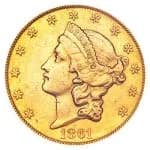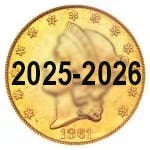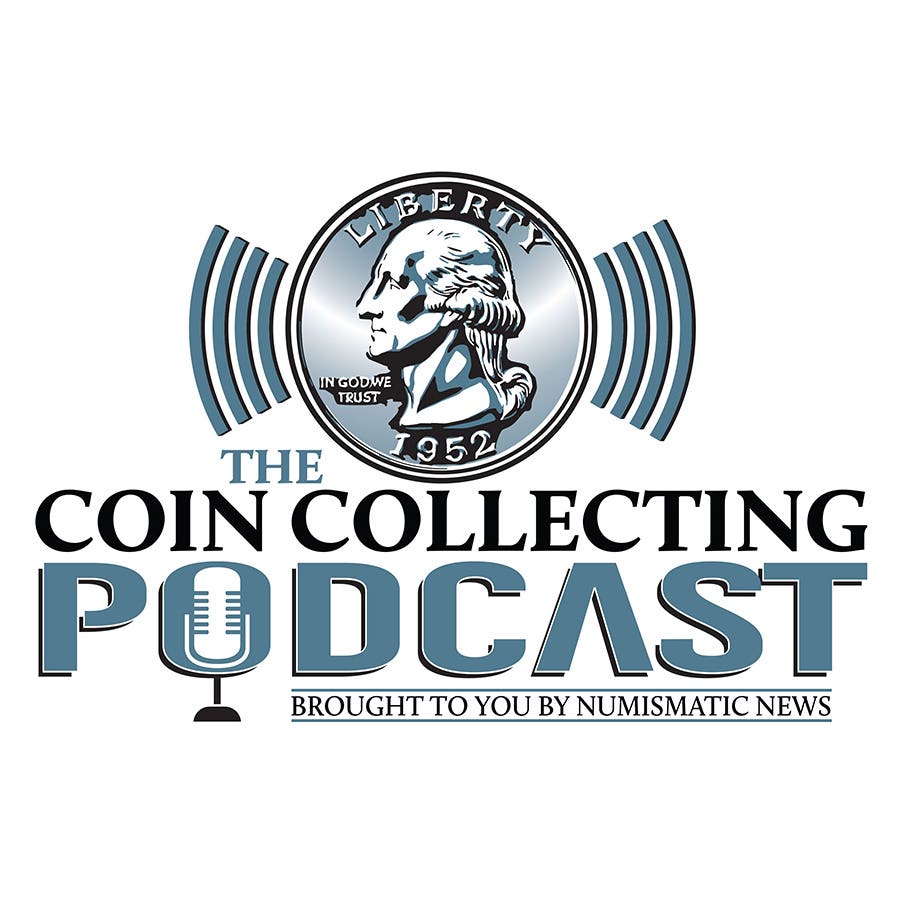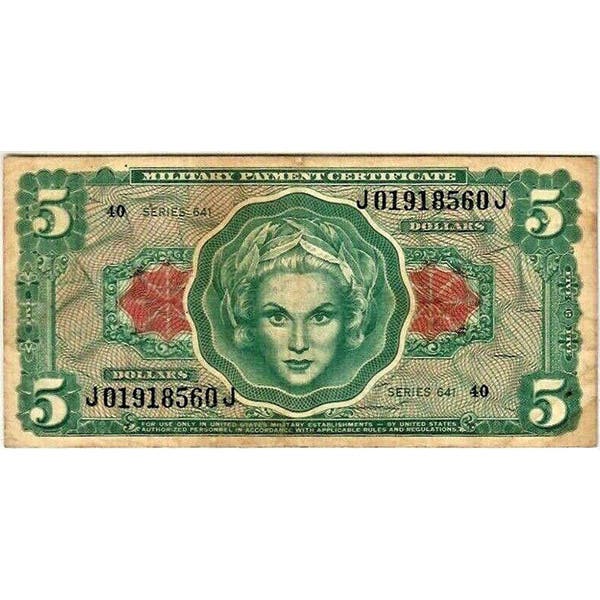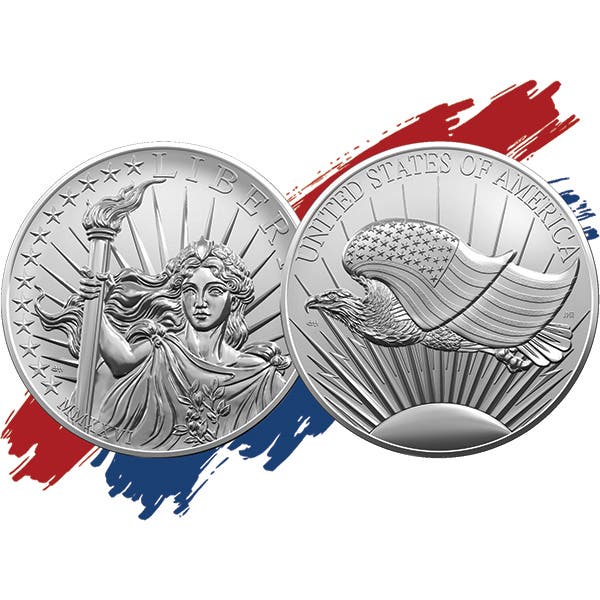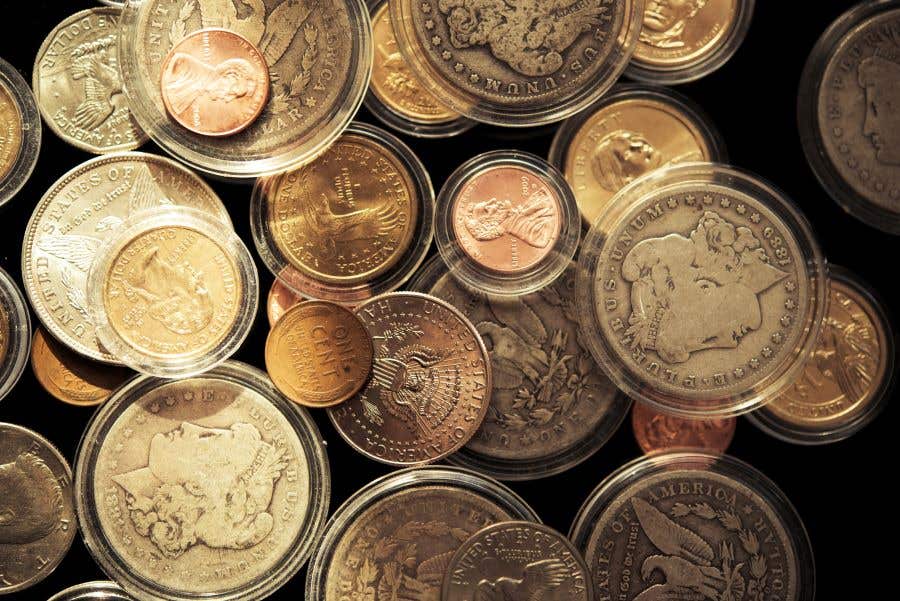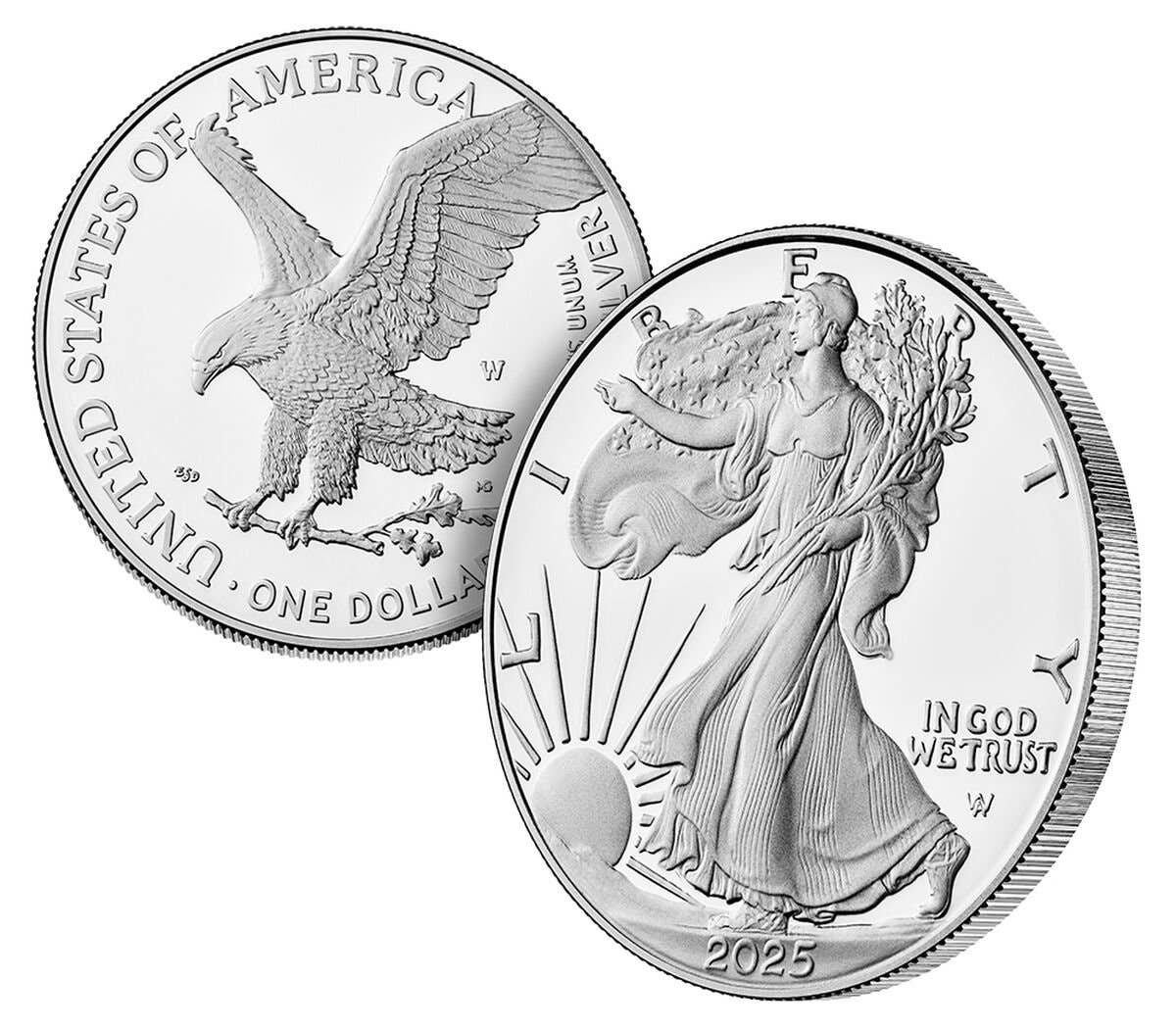How Repealing Coin/Bullion Sales Tax Exemptions Lowers Government Tax Collections
Taxing coins and bullion might sound like a quick fix, but past examples show it often backfires—hurting dealers, shows, and state revenue.
State and local governments received substantial revenues from the federal government to combat the COVID-19 pandemic. Most of these programs have run their course, resulting in declines in federal funds flowing down to the states. Multiple state governments expanded their expenditures, leaving their legislatures and executive branches unprepared for the decrease in federal largesse.
As a result, several states are facing multi-billion-dollar deficits in this and future years. Rather than focusing on cutting spending, they are instead scrambling to increase revenues by raising taxes. These tax increases are enacted by increasing tax rates or repealing currently existing tax exemptions.
Politicians and bureaucrats understand that when tax laws change, people alter their spending and other financial activities. Unfortunately, government officials have repeatedly told me over the past 30 years that there is no accepted methodology for calculating the impact on tax collections when tax laws change.
Consequently, state government fiscal agencies, revenue departments, legislatures, and tax offices calculate the impact of changes in tax collections on a static basis, assuming that people will not change their financial activities following a change in tax laws. This faulty practice too often results in changes in tax collections contrary to what is projected.
The decrease in tax collections when a coin and bullion sales tax exemption is repealed or suspended has been repeatedly demonstrated. Despite that, the state of Maryland repealed most of its exemptions effective July 1, 2025, except for retail sales made at conventions held at the Baltimore Convention Center. The state of Washington repealed its coin and bullion sales tax exemption and the exemption of such sales subject to that state’s Business & Occupations Tax, effective Jan. 1, 2026.
The legislatures and the governors in both states were misinformed about the impact on tax collections prepared by their respective fiscal agencies, simply doing a static analysis. With Washington, the Department of Revenue and the Joint Legislative Audit & Review Committee both project that the government will increase its annual tax collections by more than $25 million annually because of repealing the two exemptions.
When tax rates are increased or an existing exemption is repealed, most people intuitively think that tax collections will increase. But the track record shows that when states have repealed or suspended existing coin and bullion sales tax exemptions, sales and other tax collections have declined.
How is this possible? The answer is that people changed their financial activities.
When Florida repealed its former coin and bullion exemption in the 1990s, so many coin shows were cancelled or moved to another state that the Orange County & Convention Center stated that the hospitality industry (mostly hotels and restaurants) lost $60 million annually in sales on which sales taxes were collected.
Ohio repealed its coin and bullion sales tax exemption in 2005. Six months after this revocation, Coin World reported that 100-coin dealerships in the state had either closed completely, laid off staff, or moved to another state that still had an exemption. In addition, every scheduled future major coin show in that state was either cancelled or moved to another state.
Low oil and natural gas prices in 2015 led to major declines in the Louisiana state government’s collection of severance taxes. In response, the state suspended 285 sales and use tax exemptions and tax credits for 27 months, beginning in the spring of 2016. The State Senate Revenue and Fiscal Affairs Committee held hearings on each of these exemptions and credits to evaluate whether they should be reinstated at the end of the 27 months, modified, or permanently cancelled.
In each of these instances, total tax collections declined due to the repeal or suspension of the coin and bullion sales tax exemptions. Again, all three of these states have the same or similar exemptions enacted.
The circumstances in Louisiana were particularly dire. When the Senate Committee held its hearing on the coin and bullion exemption, I testified that total tax collections would decline. The Committee’s chair objected to my testimony. He was even quoted in the next day’s issue of the New Orleans Times-Picayune, attacking my remarks. But, when this Senator found out that the decrease in tax collections was worse than my forecast, he was one of three legislators who led the effort in 2017 to re-enact a similar exemption. This was one of only four exemptions or credits reinstated before the end of the suspension period.
How is it that repealing a coin and bullion sales tax exemption could result in a decline in state government tax collections, contrary to what was projected by government bureaucrats and politicians?
The answer is that tax collections have multiple components and that bullion sales are highly competitive, with extremely low retail profit margins compared to other industries.
The National Coin & Bullion Association’s (NCBA) 2016 national coin dealer survey revealed several facts that explain this anomaly.
- Dealers in states with complete or partial sales tax exemptions have experienced more than ten times the in-state retail sales volume of rare coins and precious metals bullion than do dealers in states where they must charge sales tax on such sales.
- Dealers in states with complete or partial sales tax exemptions experienced higher sales of other merchandise (including jewelry, antiques, other collectibles, and hobby supplies) than dealers in states that charge sales taxes on coins and bullion. The higher sales of sales-taxable merchandise replaced an average of two-thirds of the sales tax collections lost from the exemption!
- There were more and larger coin shows in states with the exemptions than in states without exemptions, meaning that the hospitality industry collected more sales taxes from higher sales.
There is a huge reason why dealers in states with coin and bullion sales tax exemptions average more than ten times the in-state retail sales compared to dealers in states without that exemption. That is, customers in sales-taxable states, especially affluent ones, have multiple options to acquire coins and precious metals without incurring any sales tax liability.
Among these other options are purchasing precious metals commodity futures and options contracts, purchasing shares in precious metals exchange traded funds, purchasing precious metals stored in the vaults of the Perth Mint in Australia, Royal Canadian Mint in Canada, or Royal Mint in England, purchasing coins or precious metals stored in vaults in Delaware or elsewhere out of state, making purchases in neighboring states where there is no sales tax at all or there is a coin and bullion sales tax exemption (Montana and Oregon for Washington residents or Delaware, Pennsylvania, Virginia, and West Virginia for Maryland residents), or purchasing shares of precious metals mining companies.
How averse are customers to paying sales taxes when purchasing coins and bullion? At the business in Michigan I owned, in the years before that state adopted its exemption, only about 1 percent of our in-state coin and bullion sales were for transactions greater than $5,000. After the exemption went into effect, our in-state coin and bullion sales eventually grew more than 2,500 percent, with 94 percent of the volume coming from transactions of $5,000 or more.
There are also other factors affecting tax collections beyond the information in the NCBA survey. After Michigan adopted a coin and bullion sales tax exemption in 1999, the number of coin businesses increased by at least two-thirds (about half from existing businesses adding to the product line and about half that were new businesses). The increased number of businesses indicates greater business tax collections.
Industry statewide employment at least doubled (where a Michigan Treasury study in the 1990s calculated that 38.5 percent of payrolls were spent on items on which Michigan sales taxes were collected. The increase in payrolls, causing higher sales tax collections, may have replaced more than 100 percent of the sales tax collections lost from the exemption.
By Maryland and Washington repealing their coin and bullion exemptions under the mistaken belief that state residents will not change their buying pattern, they will suffer a huge decline of in-state coin and bullion sales, a drop in sales of other merchandise still subject to sales tax, a decline of industry employment, and a decline in coin shows—as already demonstrated in Florida, Ohio, and Louisiana. Unfortunately, state government tax collections will decline until the politicians and bureaucrats comprehend their mistake in repealing the exemptions and then re-adopt them.
Last column’s numismatic trivia question.
Last time I asked: How many people were depicted on U.S. coins while they were still alive? Who were they? All of these people appeared on commemorative coins. In chronological order they are Alabama Governor T. E. Kilby on the 1921 Alabama Centennial Half Dollar, President Calvin Coolidge on the 1926 Sesquicentennial of American Independence Half Dollar, Senator Joseph T. Robinson on the 1936 Arkansas Centennial-Robinson Half Dollar, Senator Carter Glass on the 1936 Lynchburg, Virginia Sesquicentennial Half Dollar (who, by the way, objected to living people being depicted on U.S. coins and mildly protested his appearance on this coin), Eunice Kennedy Shriver, who laid the foundation for the Special Olympics, on the 1995 Special Olympics World Games Half Dollar, Buzz Aldrin (still alive today) on the 2019 Apollo 11 50th Anniversary Half Dollar, Dollar, and Half Eagle
The 2007 Little Rock Central High School Desegregation Dollar depicted the Little Rock Nine from their feet to just above their knees, so none were individually identifiable. All nine of these people were still alive when the coin was released. Of them, Jefferson Thomas died in 2010, while Melba Patillo Brown, Minnijean Brown, Elizabeth Eckford, Ernest Green, Gloria Ray Karlmark, Carlotta Walls LaNier, Thelma Mothershed, and Terrence Roberts are alive today.
If you include the Little Rock Nine, a total of 15 living people are portrayed on U.S. coins; without them, there are six. In general, U.S. laws require someone to be dead for two years before they can appear on a coin unless Congress makes a specific exception.
By the way, the six men depicted on the 2005 Marine Corps 230th Anniversary Dollar all died before the coin was issued. The rumor that the 1992 Olympic Dollar shows pitcher Nolan Ryan has been officially denied, even though pictures exist of Ryan in the posture shown on the coin.
This week’s trivia question
Here is this week’s question. Who was responsible for putting the U.S. monetary system on a decimal basis rather than having the nation adopt the British or Spanish non-decimal systems? Come back next week for the answer.
Patrick A. Heller was honored as a 2019 FUN Numismatic Ambassador. He is also the recipient of the American Numismatic Association 2018 Glenn Smedley Memorial Service Award, the 2017 Exemplary Service Award, the 2012 Harry Forman National Dealer of the Year Award, and the 2008 Presidential Award. Over the years, he has also been honored by the Numismatic Literary Guild, Professional Numismatists Guild, National Coin & Bullion Association, and the Michigan State Numismatic Society. He is the communications officer of Liberty Coin Service in Lansing, Michigan, and writes “Liberty’s Outlook,” a monthly newsletter on rare coins and precious metals subjects. Past newsletter issues can be viewed at www.libertycoinservice.com. Some of his radio commentaries, "Things You ‘Know’ That Just Aren’t So,” and “Important News You Need To Know,” can be heard at 8:45 a.m. Wednesday and Friday mornings on 1320-AM WILS in Lansing (which streams live and becomes part of the audio archives posted at www.1320wils.com).
You may also like:

